Water flows through a vertical tube of varible cross-section. The area of cross-section at A and B 6 and 3 mm2 respectively. If 12c c of water enters per second through A, find the pressure difference PA−PB.(g=10m/s2). The separation between the cross-section at A and B is 100 cm.
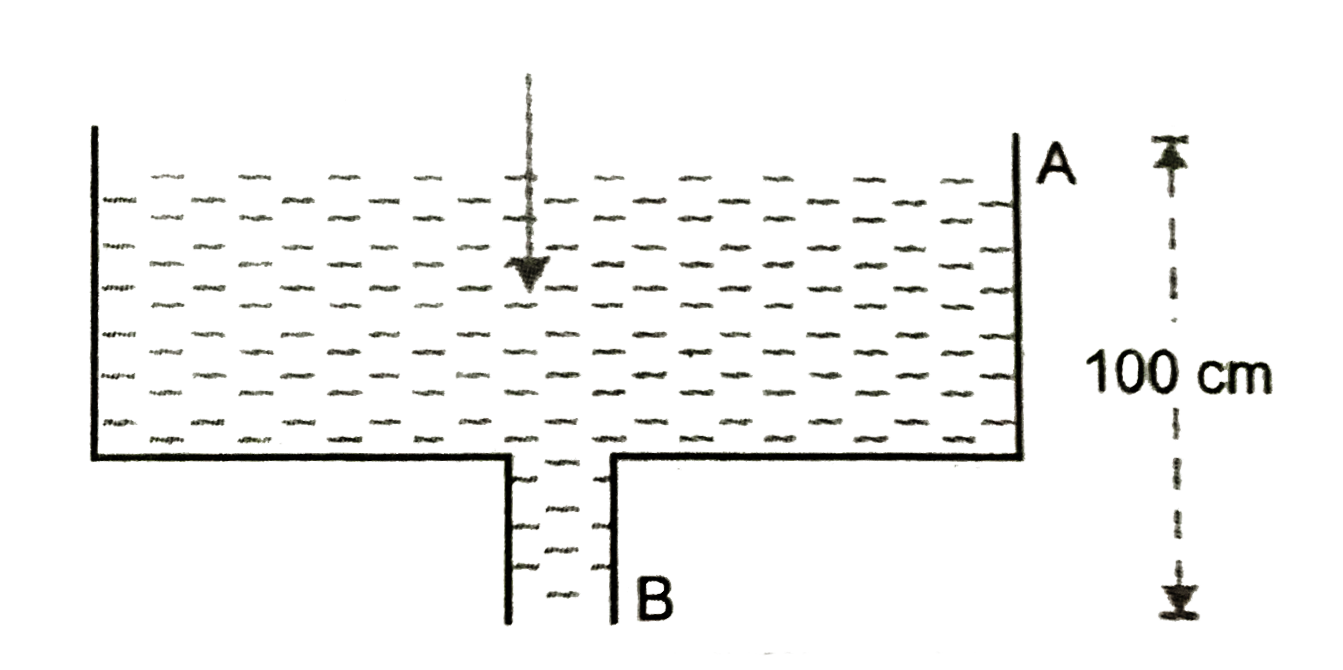
1.6×105dyne/cm2
2.29×105dyne/cm2
5.9×105dyne/cm2
3.9×105dyne/cm2
The correct Answer is:A
PA−PB=g(h2−h1)ρ+12ρ(v22−v21)
Volume of liquid flowing per second through A,
A1v1=12cm3/s
or v1=12A1=12cm3/s6×10−2cm2=200cm/s
From equation of continuity,
A1v1=A2v2
or v2=A1v1A2=12cm3/s3×10−2cm2=400cm/s.
h2−h1=100cm
∴PA−PB=1000×100×1+12×1×[(400)2−(200)2]
=105+12×12×104
=1.6×105dyne/cm2
Topper's Solved these Questions
- PROPERTIES OF BULK MATTERBook:PRADEEPChapter:PROPERTIES OF BULK MATTERExercise:Integer Type Questions
Explore 12 Videos
- PROPERTIES OF BULK MATTERBook:PRADEEPChapter:PROPERTIES OF BULK MATTERExercise:Asseration - Reason Type Question
Explore 18 Videos
- PROPERTIES OF BULK MATTERBook:PRADEEPChapter:PROPERTIES OF BULK MATTERExercise:Multiple choice questions-II
Explore 14 Videos
- PHYSICAL WORLD AND MEASUREMENTBook:PRADEEPChapter:PHYSICAL WORLD AND MEASUREMENTExercise:Competiton Focus Jee Medical Entrance
Explore 18 Videos
- RAY OPTICSBook:PRADEEPChapter:RAY OPTICSExercise:Problem For Practice(a)
Explore 25 Videos
Similar Questions
Waster flows throgh a horizontal tube of variable cross section.The area of cross section at A and B are 4 mm2and2mm2 respectively. If 1 cc of water enters per seconds through. A find a. The speed of water at A, b. the speed of river at B and c. the pressure difference PA−PB.

View SolutionWater flows in a horizontal tube of variable cross-section (figure). The area of cross-section at x and y are 40mm2 and 20mm2 respectively. If 10cc of water enters per second through x, find (i) the speed of water at x, (ii) the speed of water at y and (iii) the pressure difference Px−Py.
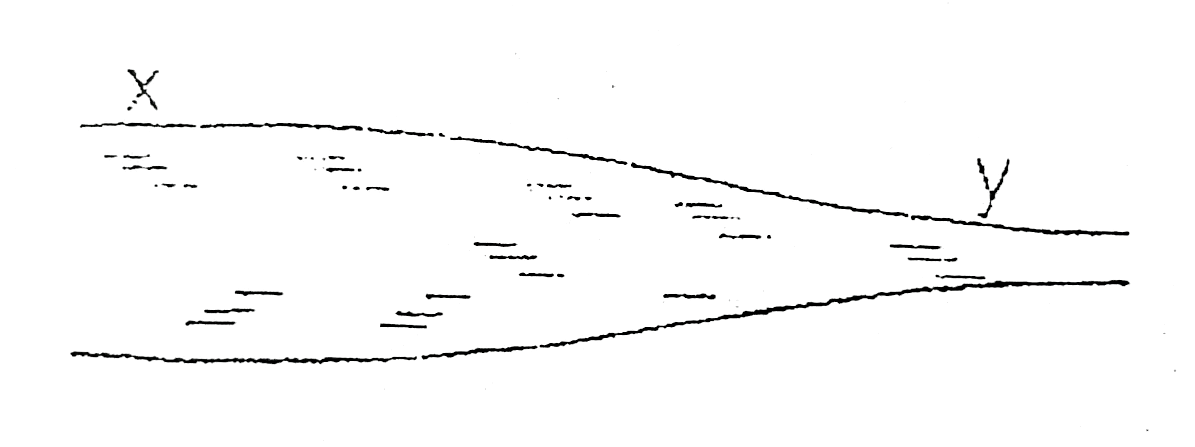
View Solution
Knowledge Check
Water flows through a non-uniform tube of area of cross section A, B and C whose values are 25, 15 and 35cm2 resprectively. The ratio of the velocities of water at the sections A,B and C is
A5:3:7B7:3:5C21:35:15D1:1:1An ideal liquid (water) flowing through a tube of non-uniform cross section area at A and B are 40cm2 and 20cm2 respectively. If pressure difference between A & B is 700 Nm2 then volume flow rate is
 A2732 cm3sB2142 cm3sC1832 cm3sD3218 cm3s
A2732 cm3sB2142 cm3sC1832 cm3sD3218 cm3sWater flows through a frictionless duct with a cross-section varying as shown in fig. Pressure P at points along the axis is represented by
 A
A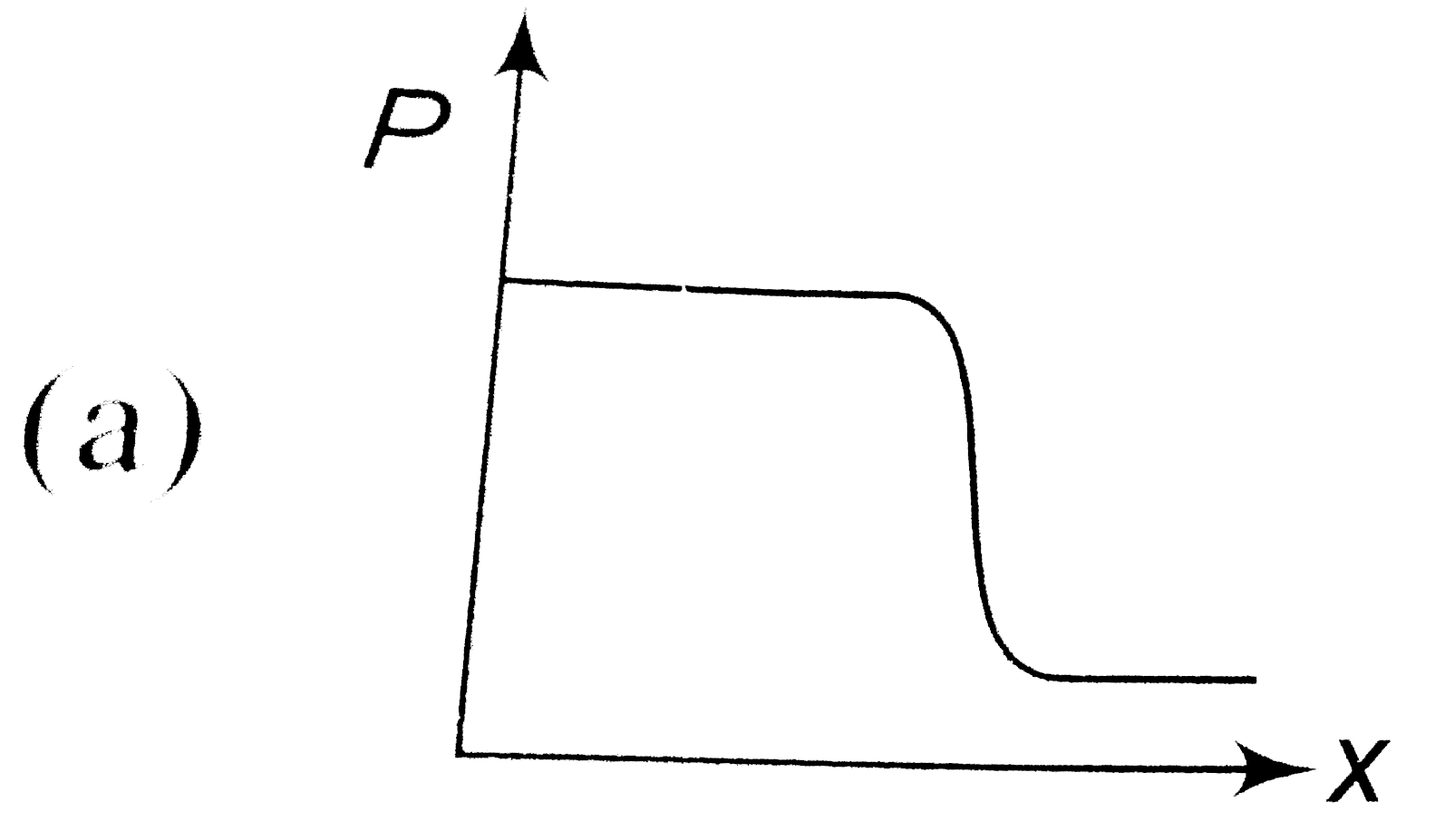 B
B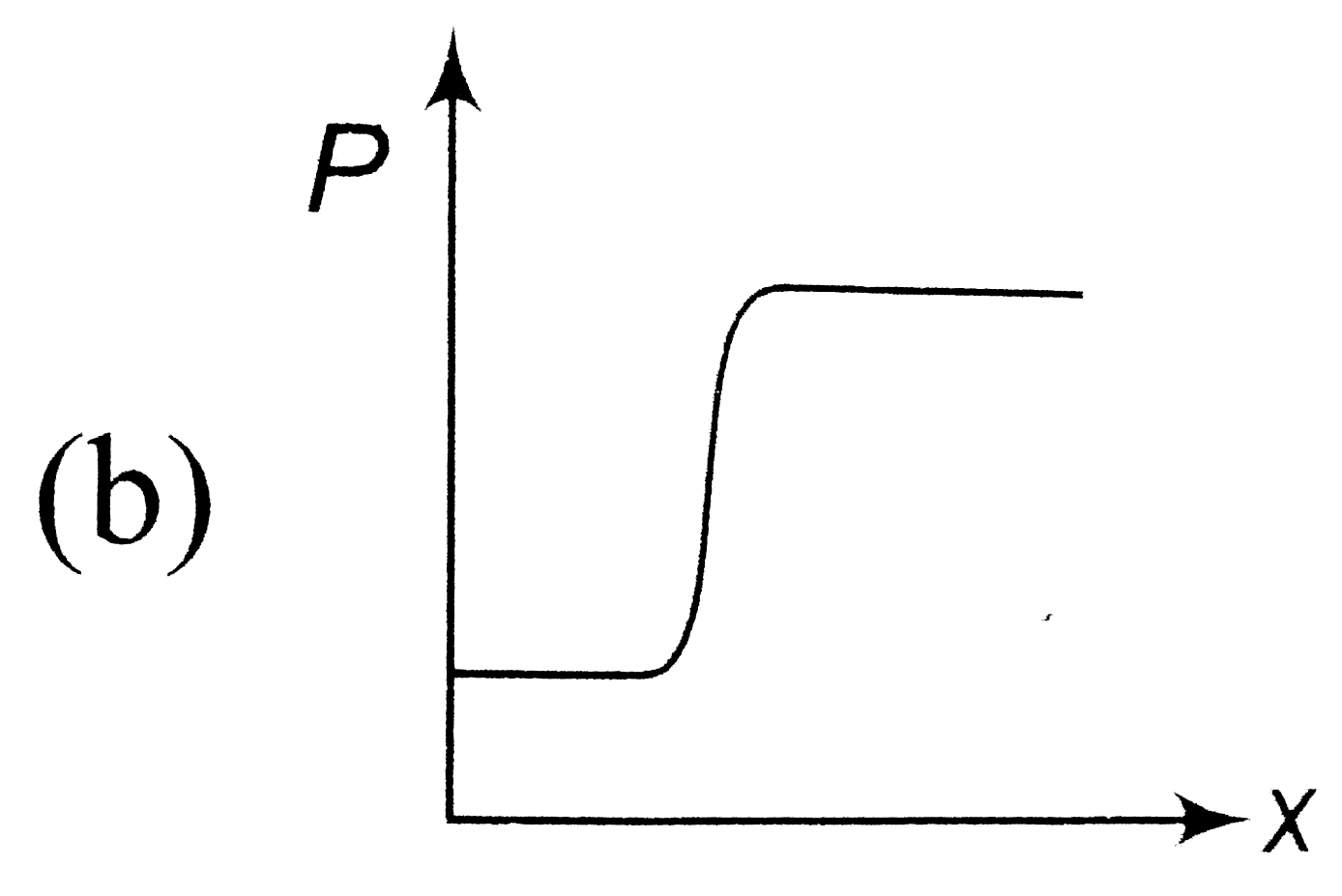 C
C D
D
Water flows through a tube shown in figure. The areas of cross section at A and B are 1cm2and0.5cm2 respectively. The height difference between A and B is 5m. If the speed of water at A is 10 cms−1 find a the speed at B and b the difference in pressures at A and B.

View SolutionWater flows through a frictionless tube with a varying cross-section as shown
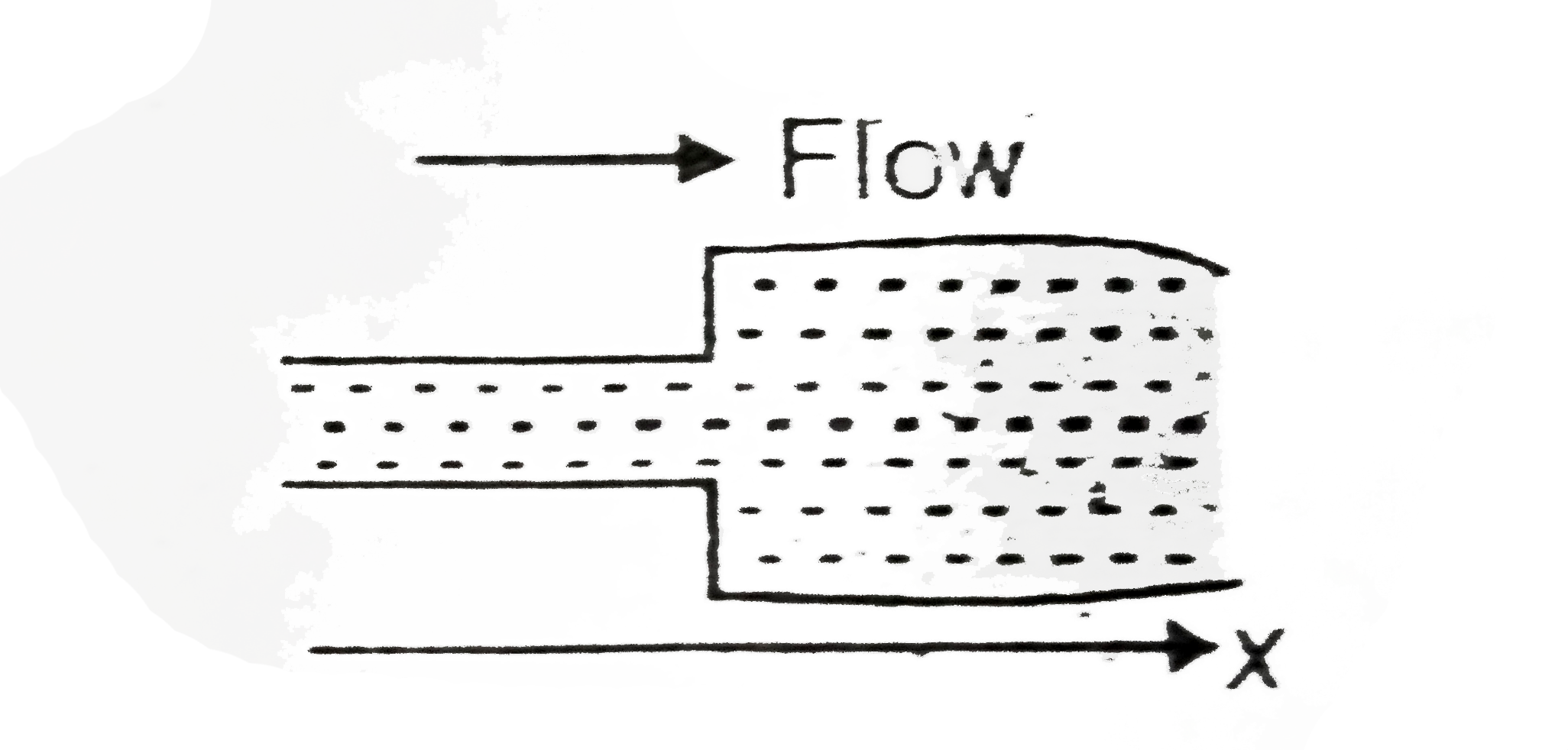
The variation of Pressure P as the fluid move through the pipe is correctly shown in
View SolutionWater flows through a horizontal pipe of varying area of cross-section at the rate of 10 cubic metre per minute. Determine the velocity of water at a point where radius of pipe is 10cm.
View SolutionThe water flowing through the same tube having two different cross section areas has different flow rates .
View SolutionWater flows through the tube shown in figure. The areas of cross section of the wide and the narrow portions of the tube are 5cm2and2cm2 respectively. The rate of flow of water through the tube is 500cm3s−1 . Find the difference of mercury levels in the U-tube.

View Solution

